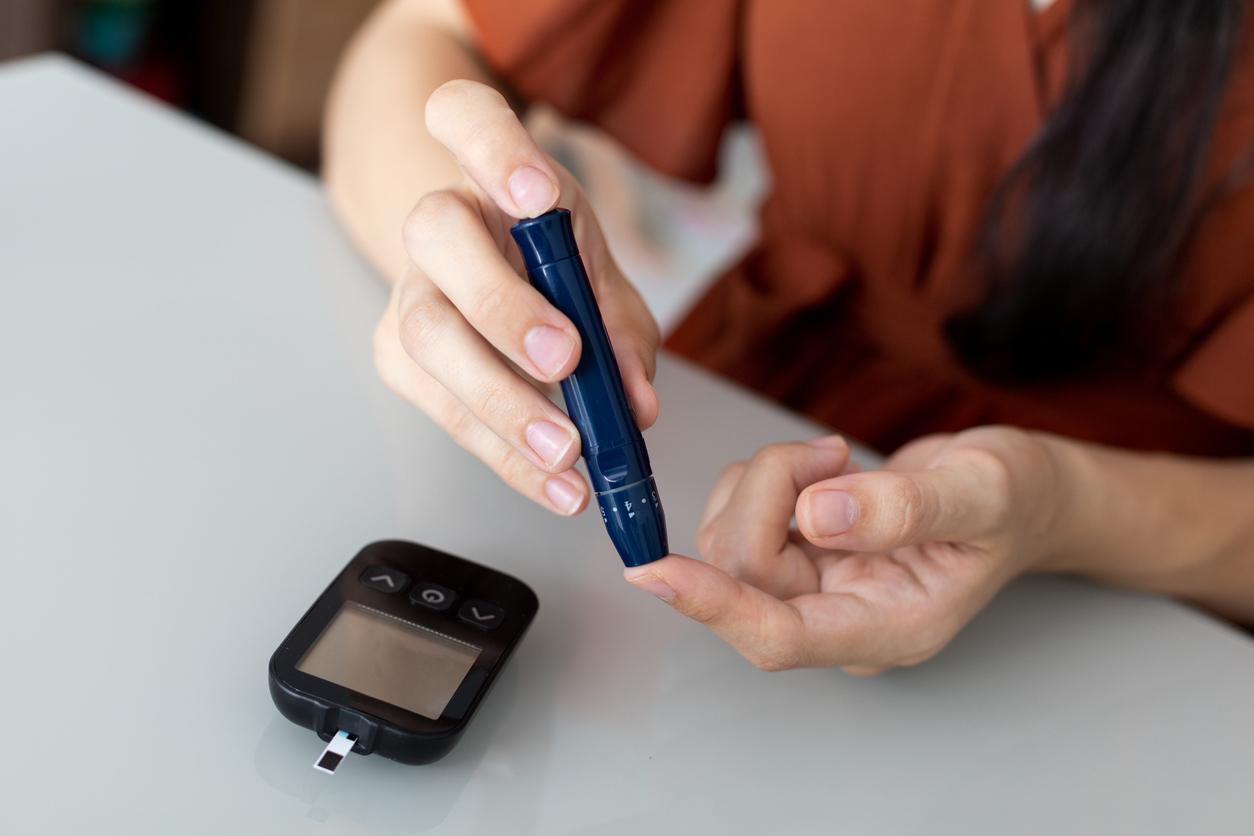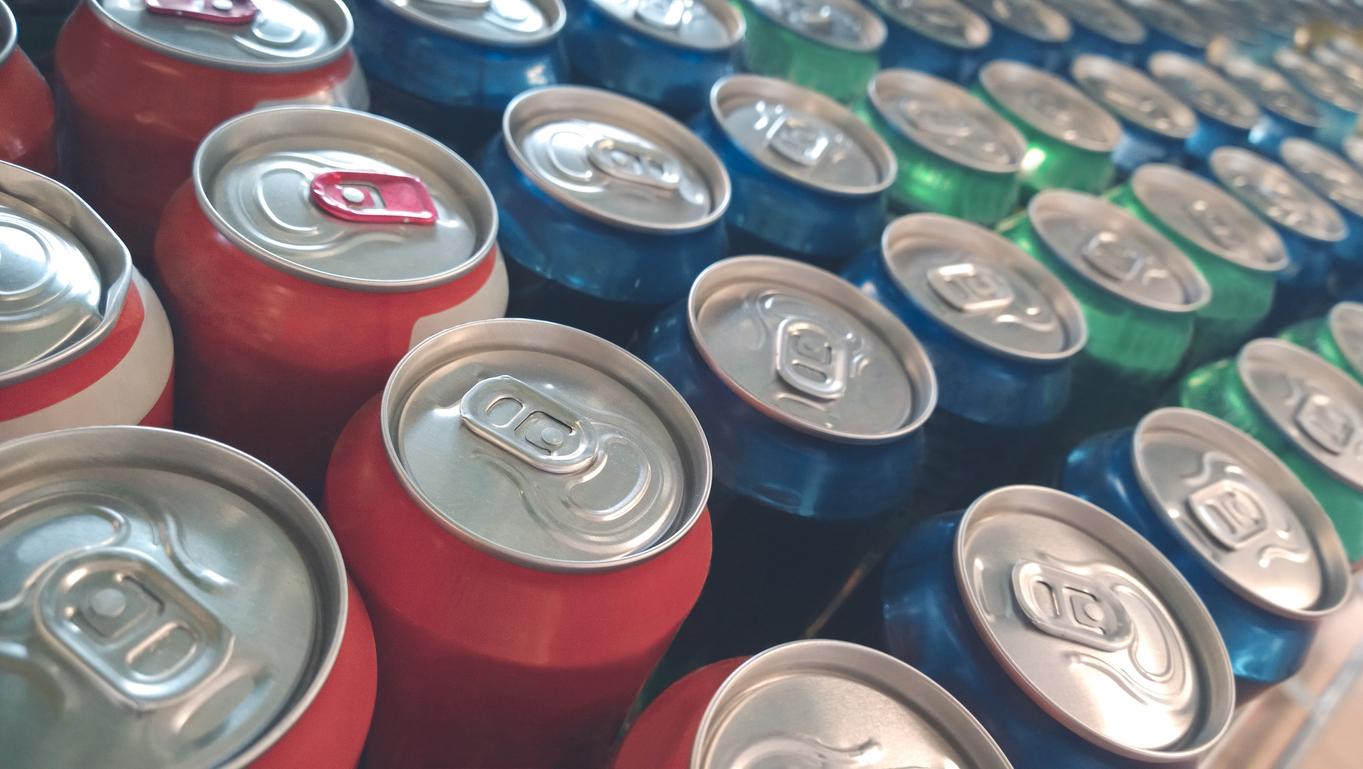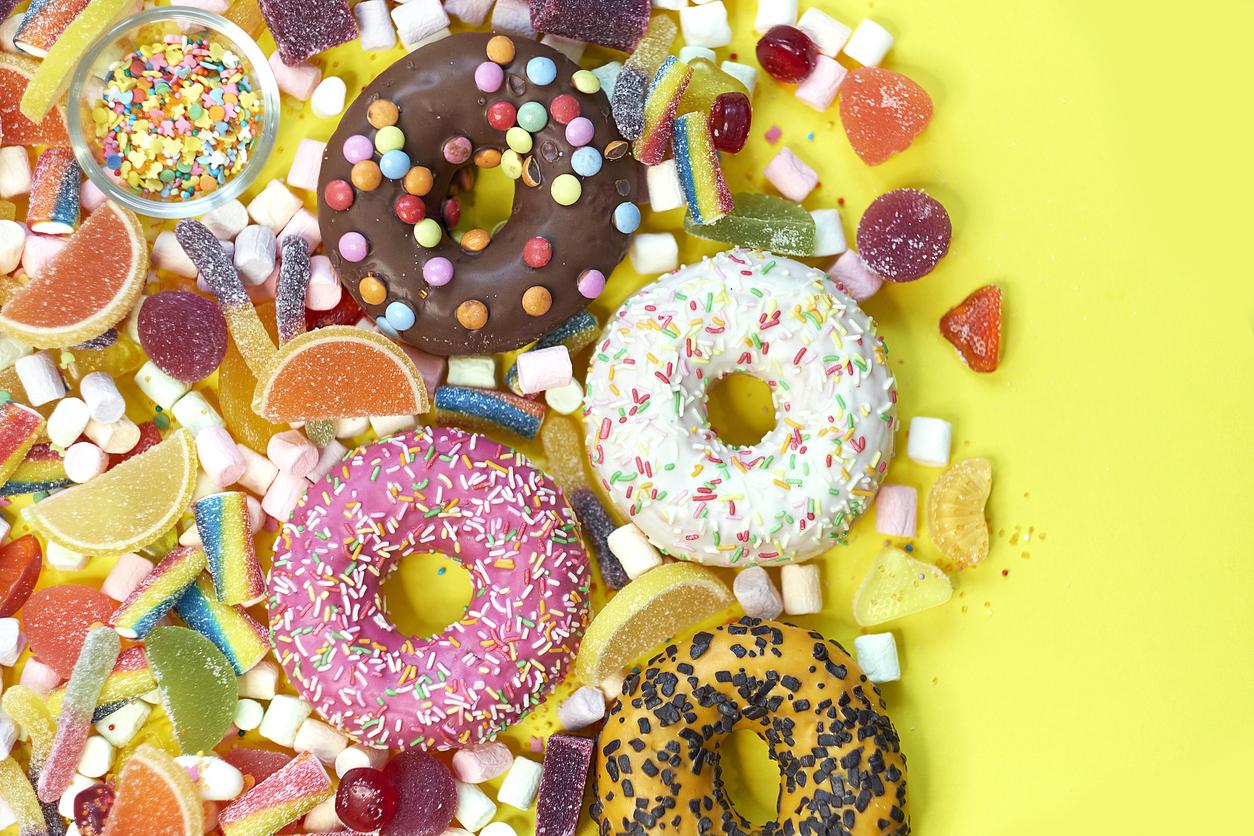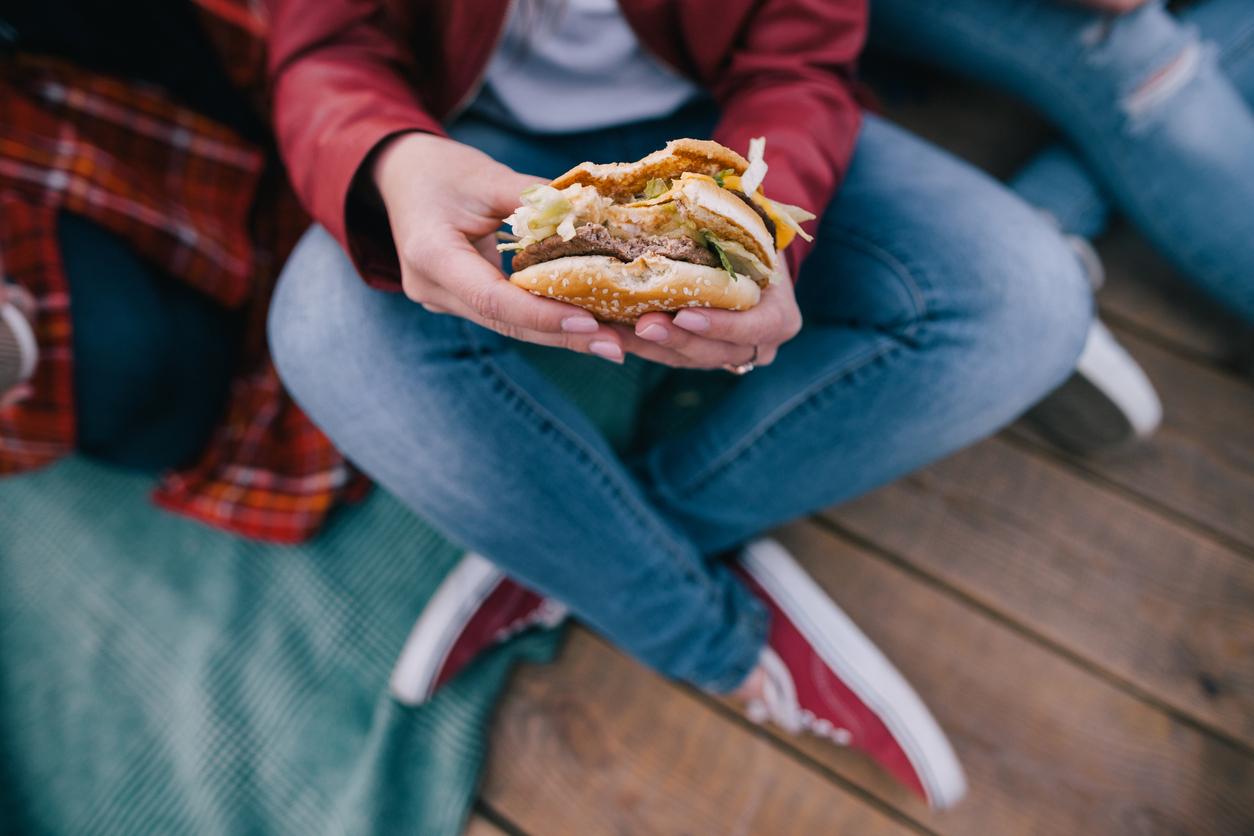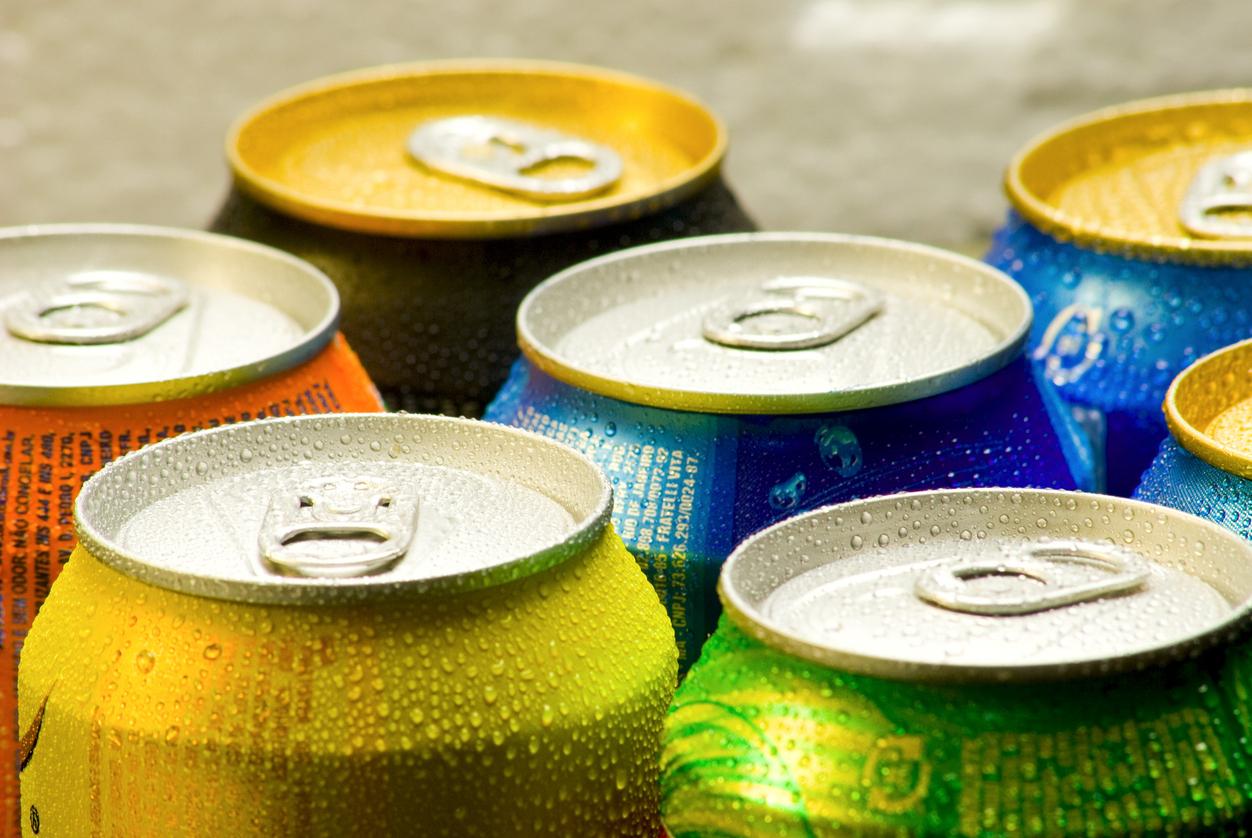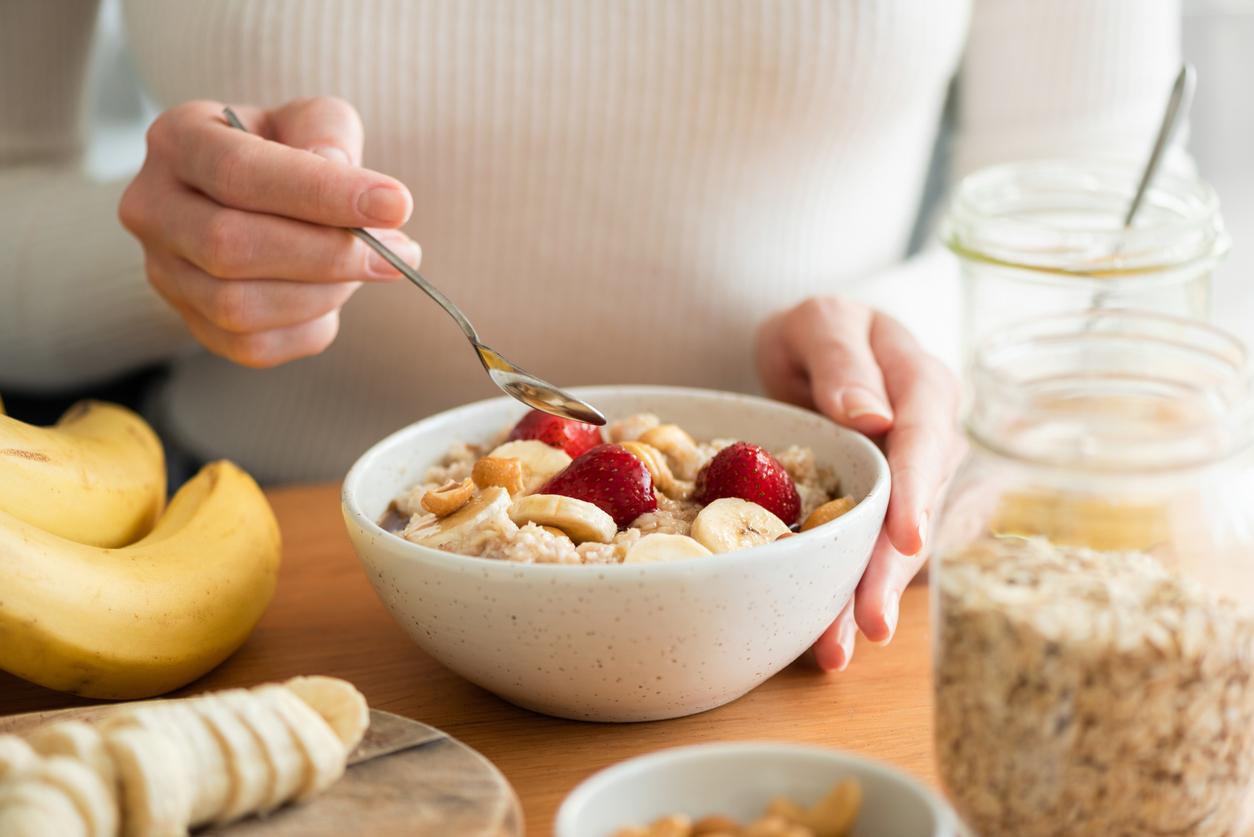Sodas, snacks, multi-fruit nectars are especially concentrated in sugar. Likewise, industrial pizzas represent 20% of the recommended intake.
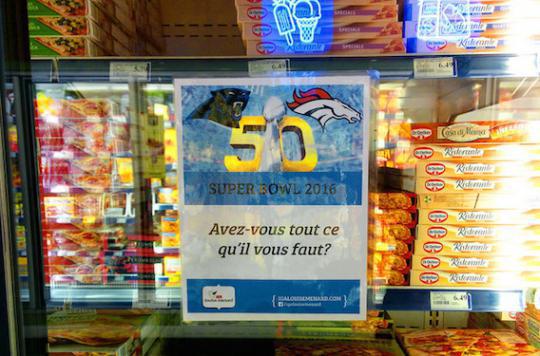
Haro on hidden sugars! The magazine 60 million consumers attacks carbohydrates in industrially prepared foods. The test, carried out on 192 different products, is not reassuring at the dawn of the summer holidays. Cold meats, snacks and other sorbets consumed in the summer are overloaded with sugar, glucose syrup and other sugar syrups.
4 pieces per glass of cola
“There is sugar and sugar”, summarizes Thomas Laurenceau, editor-in-chief of 60 million consumers. This is because fruits naturally contain this substance. But when food is prepared industrially, manufacturers can add more. The goal is to give them more taste, crispness and color.
Except that the products examined by the magazine blow up the counters. Drinks department, the result is particularly worrying. The sweet content of colas is well known: one glass provides the equivalent of 4 pieces of refined sugar. The light forms with stevia are not spared, since the bitter taste must be reduced. But the multi-fruit nectars are also concentrated. Lemon sodas, lemonades, and other fruit drinks don’t fare any better. Only iced teas have a lower glycemic balance.
On the solid side, the conclusions are not more positive, especially in the pizzas. Only the “four cheeses”, less sweet but more fatty, are reasonable. But the other recipes contribute to 20% of the recommended intake. Crackers and peanuts also get a red card: they contain 4 to 5 grams of sugar per 100 gram dose.
Sauces not so light
Summer meals may not improve the balance sheet: grated carrots and celery remoulade contain 1 to 1.5 pieces for a serving of 200 grams. Low fat sauces won’t save consumers. They contain less fat but more sugars. Low-fat mayonnaise, for example, contains 5.75 times more sugar than traditional products.
By consuming a few servings of different industrial products, the limit of 50 grams is quickly reached, if not exceeded. For Thomas Laurenceau, “all these sugars that we consume without knowing it greatly contribute to the risk of overdose, against which the World Health Organization warns us. The WHO recommends in fact to limit their quantity to 10% of the total energy intake. But given the names given to the added sugars, sorting seems very difficult: maltose, glucose-fructose syrup and other dextroses are not always identifiable at first glance.
.







